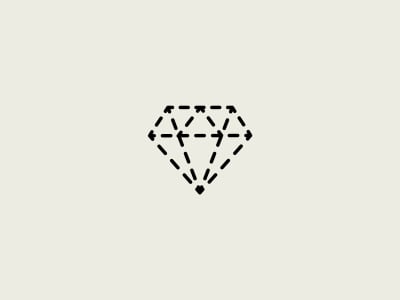General Information
Akoya pearls are exquisite, cultured gems renowned for their timeless beauty and lustrous allure. These small, perfectly round pearls are cherished for their elegance and are a favorite choice for jewelry enthusiasts worldwide. In this guide, we delve into the captivating world of Akoya pearls, exploring their history, countries of origin, cultivation, quality characteristics, colors, and care.
History
The story of Akoya pearls dates back centuries, with their name derived from the Japanese word "akoya-gai," meaning "Akoya shell." These pearls are primarily cultured in saltwater environments, originating in Japan. In the early 20th century, Kokichi Mikimoto, known as the father of cultured pearls, revolutionized pearl cultivation by successfully cultivating Akoya pearls. This breakthrough marked the beginning of a new era in pearl production and propelled Japan to the forefront of the pearl industry.
Countries of Origin
While Japan remains the world's primary producer of Akoya pearls, other countries, such as China, Vietnam, and Australia, have a small market share of current production.
Farming Akoya Pearls
Akoya pearls were the first to be successfully farmed are using a meticulous process akin to surgery. It begins by coaxing the host shell open, creating an incision in the reproductive organ, and inserting a mother-of-pearl bead nucleus with a small piece of mantle tissue from a donor shell. The mantle tissue contains epithelial cells, which grow into a pearl sac encompassing the nucleus and secreting a calcium carbonate and aragonite substance known as nacre - the building block of pearl. The cultivation process is highly specialized, and requires strict environmental controls. Optimal water temperature and salinity, removal of biofouling, and proper nutrition are required to ensure the development of high-quality pearls.
Quality Characteristics
The quality of Akoya pearls is assessed on five key factors:
Luster: Pearl luster is assessed by the quantity and quality of light reflected from the surface and just under the surface of nacre. Luster is the most important value factor, and the aesthetic quality that gives Akoya pearls their ethereal glow.
Surface Quality: The surface of an Akoya pearl should ideally be free of visible blemishes or imperfections. It's rare to see pearls with no imperfections, so quality is determined by the number, size and placement of blemishes.
Size: Akoya pearls typically range from 2mm to 9.5mm in diameter, with larger pearls often commanding premium prices.
Shape: Because Akoya pearls are bead-nucleated, they often boast perfectly round shapes, which is considered the most desirable. Baroque akoya, especially those with intense blue or silver tones, are considered quite rare and valuable.
Color: The most popular color for Akoya pearls is white with rose overtones, but they can also be found in various natural shades, including silver, cream, yellow and silver-blue to blue.
Colors
Akoya pearls display a range of enchanting colors, making them versatile for various jewelry designs. The primary colors found in Akoya pearls include:
White: The classic and most sought-after color, often with subtle pink or silver overtones.
Cream: A warmer alternative to white, cream Akoya pearls exude a timeless charm.
Yellow: Considered a rare color, the finest exhibit a deep golden coloration.
Silver: These pearls exhibit a silvery sheen, adding an elegant touch to jewelry.
Blue: A sort of optical illusion that presents as blue. During the growth process, a layer of organic material settles on the bead nucleus. This dark brown substance reflects through the nacre, creating a sort of blue.
Care
To maintain the beauty and longevity of Akoya pearls, a few guideline show be followed:
Last on first off: To avoid contact with chemicals, perfumes, and cosmetics that can harm the pearls' luster, put your pearls on after getting ready. At the end of the day, remove them before washing and preparing for the evening.
Store properly: Store your pearls separately from other jewelry to prevent scratches, ideally in a soft pouch or lined jewelry box. Do not store them in an air-tight bag or box. Pearls need to breathe and need the moisture in the air.
Clean gently: Use a soft, damp cloth to wipe your pearls after wearing them. Avoid using abrasive cleaners or submerging them in water.
Restring periodically: If you worn frequently, have strands and bracelets professionally restrung every 1-2 years to prevent thread breakage.
Akoya pearls are not just gems; they are expressions of
elegance and sophistication. Their rich history and unmatched
quality make them a timeless choice for those who appreciate the
finest in jewelry. Whether you're adding to your collection or
purchasing your first piece, Akoya pearls are a treasure to cherish
for generations to come.
